Humpback puffer - Tetraodon palembangensis
Scientific name: Tetraodon palembangensis
Common name: Humpback puffer
Family: Tetraodontidae
Usual size in fish tanks: 18 - 20 cm (7.09 - 7.87 inch)
014
Recommended pH range: 6.9 - 7.5
Recommended water hardness: 7 - 18°N (125 - 321.43ppm)
0°C 32°F30°C 86°F
Recommended temperature range: 24 - 27 °C (75.2 - 80.6°F)
The way how these fish reproduce: Spawning
Where the species comes from: South Asia
Temperament to its own species: peaceful
Temperament toward other fish species: aggressive/territorial
Usual place in the tank: Bottom levels
Food and feeding
This puffer will relish all shelled sea foods alongside treats of blood worms and other live or frozen foods. It is important to keep the shells on some of the food to keep the teeth trimmed back. As Humpback puffers are not a very active fish they should only be fed every other day.
Origin
Asia; Humpback puffers are found in Thailand, Laos, Malaysia and Indonesia.
Short Description
The Humpback Puffer (Tetraodon palembangensis) is a unique freshwater pufferfish known for its distinctive humpback appearance and territorial behavior. Native to Southeast Asia, this species is best suited for experienced aquarists due to its aggressive nature and specific care requirements. With a lifespan of 10-15 years, it can be a fascinating addition to a dedicated setup.
Origin
Tetraodon palembangensis originates from Southeast Asia, inhabiting slow-moving rivers and streams in Thailand, Laos, Malaysia, and Indonesia. These habitats are typically characterized by soft substrates and dense vegetation, which provide cover and foraging opportunities.
Tank Requirements
A single Humpback Puffer requires a tank of at least 150 liters (40 gallons). For multiple specimens, a much larger tank is needed to accommodate their territorial behavior. Maintain water temperatures between 24-27°C (75.2-80.6°F), a pH of 6.9-7.5, and water hardness of 7-18°N (125-321.43 ppm). Use a soft sandy substrate and include caves or driftwood for hiding and spawning. Strong filtration and regular water changes are essential to maintain water quality.
Food and Feeding
Humpback Puffers are carnivorous and thrive on a diet of shelled seafood, such as shrimp and snails, along with live or frozen foods like bloodworms and brine shrimp. The inclusion of shelled foods is critical to help trim their continuously growing teeth. Due to their sedentary nature, feeding every other day is sufficient to prevent overfeeding and maintain water quality.
Compatibility
These puffers are highly aggressive and territorial toward other fish, making them unsuitable for community tanks. It is best to keep them as single specimens. In large tanks with ample hiding places, multiple Humpback Puffers may coexist, but careful monitoring is required to prevent conflicts.
Sexing
There are no visible differences between male and female Humpback Puffers, making sexing challenging without observation of breeding behavior.
Breeding
Humpback Puffers are cave spawners. The male excavates a pit within a cave for the eggs, which he guards diligently after fertilization. Once the fry hatch, it is advisable to remove the parents to avoid potential predation. The fry can be fed newly hatched brine shrimp and finely chopped bloodworms as their first food.
Lifespan
With proper care, Tetraodon palembangensis can live for 10-15 years. Providing a suitable diet, stable water parameters, and a stress-free environment is key to their longevity.
Pictures
Bought by aqua-fish.net from jjphoto.dk.
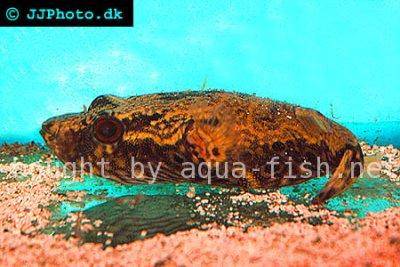


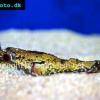 Red
Red 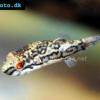 Striped
Striped 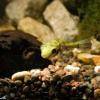 Malabar
Malabar 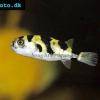 Amazon
Amazon 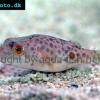 Red-spot
Red-spot 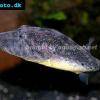 Bailey’s
Bailey’s 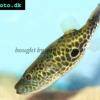 Thai
Thai 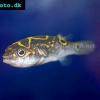 Figure
Figure 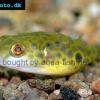 Fang’s
Fang’s 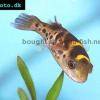 Green
Green  Coral
Coral  Giant
Giant 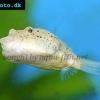 Congo
Congo 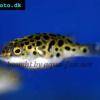 Green
Green 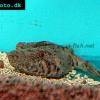 Mekong
Mekong 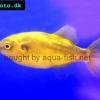 Bronze
Bronze